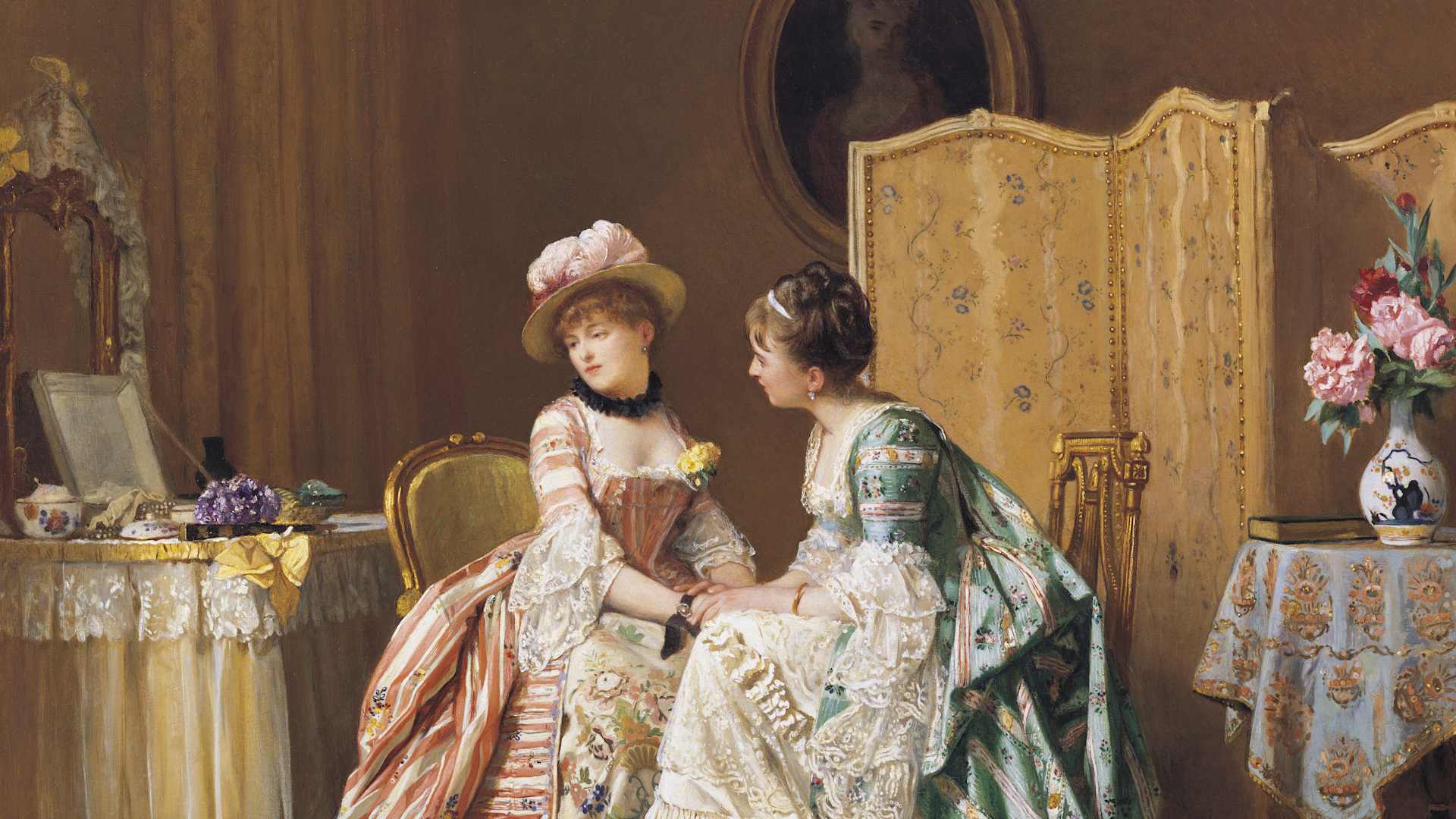
Erin Blakemore
Erin Blakemore is an award-winning journalist who lives and works in Boulder, Colorado. Learn more at erinblakemore.com
Latest from this author

Michael and Robert Rosenberg became orphans when their notorious parents were executed for espionage. Then what happened?

The star of the Thanksgiving table was revered by the Maya.

Traditional Christmas celebrations became a protest against Nazism.

From rum to cakes to rowdy parades, election day was a time for gathering and celebration.

As many as 1.3 million people may have been swept up in the Eisenhower-era campaign called 'Operation Wetback.'

Did it help or hurt the civil rights movement?

With millions of Americans unable to find employment, working wives became scapegoats.

While the fears may be overblown, Halloween crimes involving poison have occurred.

The Tri-State Tornado claimed nearly 700 lives.

The pioneers hoped to shave 300 miles off their journey. But the route they took to California had never been tested.

Stalin didn’t have Photoshop—but that didn’t keep him from wiping the traces of his enemies from the history books.

As a divided nation fought, the holiday became more important than ever.

U.S. women served their country bravely during multiple wars. But once the fighting stopped, they were expected to step down.

'Cutting' was the ultimate 19th-century dis.

The widely circulated image of the enslaved man's wounds helped turn white Northerners against slavery.

Right-wing paramilitary groups killed political foes with no repercussions in Weimar Germany.

Ernst vom Rath’s murder triggered a two-day pogrom against German Jews.

The recordings, which became a national phenomenon, captured artists like Bessie Smith and Louis Armstrong—but most artists were exploited and forgotten.

Fredi Washington embraced her race at the height of Jim Crow.

Between 1932 and 1945, Japan forced women from Korea, China and other occupied countries to become military sex slaves.

Carry Nation had a bad history with alcohol—and she went to extremes to try and get it banned.

In the 17th and 18th centuries, students at America’s elite universities were treated differently based on the social stature of their parents.

Plagued by bad press and fraught with racial and ethnic tensions, the huge steel strike was doomed to fail.


The swift, often comfortable ride on the Transcontinental Railroad opened up the American West to new settlement.

In the late 19th century, thousands of premature babies' lives were saved—while attracting oglers at amusement parks.

The archives’ treasures are the stuff of legend—but their existence is absolutely real.

During the Gilded Age, marrying British aristocrats was seen as a way for American heiresses to raise their social status.

The deaths of King Kamehameha II and Queen Kamamalu brought on disaster.

How the Plattsburg camps for young men tried to raise a volunteer army ahead of World War I.

The Mann Act was designed to prevent human trafficking—but used to punish interracial relationships. It is still in effect.

Melvil Dewey helped create a new profession for women—and harassed them at every step of the way.

The 1970 postal strike brought the nation to its knees.

People didn’t always need birth certificates.

The 1882 trial of laborer Yee Shun set a new legal precedent in America.

Panic set in after the partial nuclear meltdown as the public tried to decide which story to trust—and whether to evacuate.

Prisoner exchanges were critical to a ceasefire in the Korean War—but a peace treaty was never signed.

The state was once known as 'the world’s sanatorium.'

In a time before social services, society’s most vulnerable people were hidden away in brutal institutions.

Between the 17th and 19th centuries, wife-selling was a weird custom with a practical purpose.

In 1871, the Wisconsin town of Peshtigo burned to the ground, killing up to 2,500 people. But it was overshadowed by another fire.

Horrifying medical experiments on twins helped Nazis justify the Holocaust.

After the Treaty of Versailles called for punishing reparations, <br>economic collapse, the rise of Naziism, and another world war thwarted Germany's ability to pay.

America didn’t always extend citizenship to those born within its borders.

Ride was eminently qualified for space flight. So why did the press ask about makeup and periods?

Would-be mail thieves didn’t stand a chance against Stagecoach Mary. The hard-drinking, quick-shooting mail carrier sported two guns and men’s clothing.

Denounced, questioned, pressured to resign and even fired, LGBT people were once rooted out of the State Department in what was known as the Lavender Scare.

In the late 1880s, Weldon was vilified as a harpy who was in love with Sitting Bull. Both she and the Lakota leader would meet tragic fates.

Up to 16,000 Native Americans were murdered in cold blood after California became a state.

The executive order acknowledged state-sponsored violence and discrimination against Native peoples as part of 'California's dark history.'



